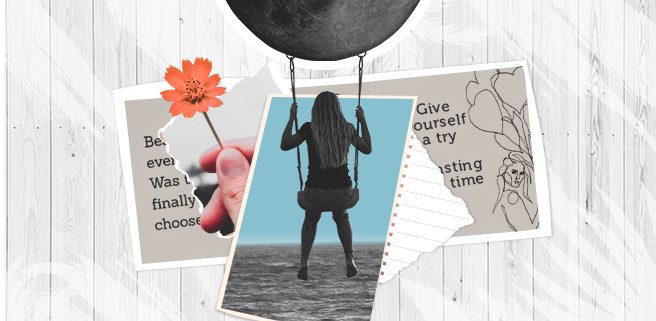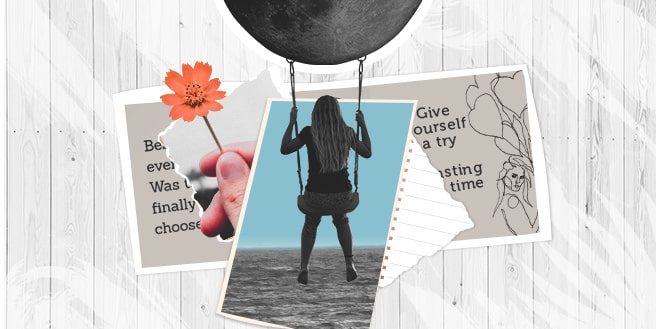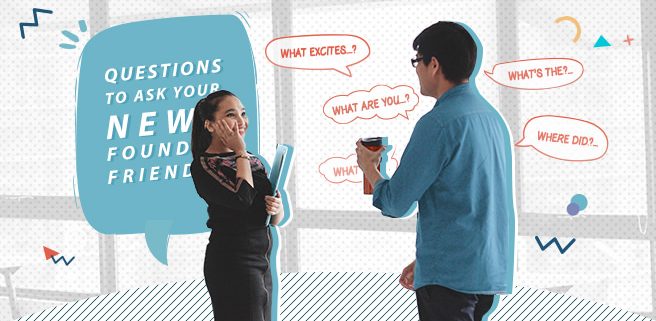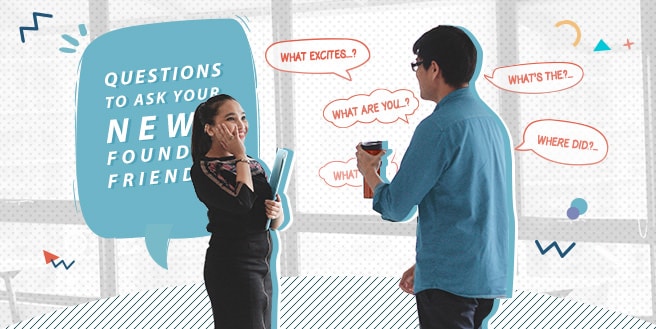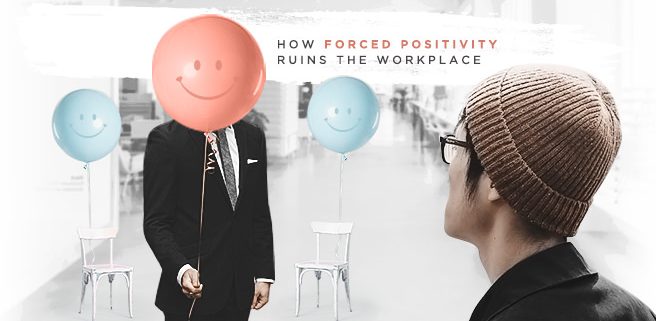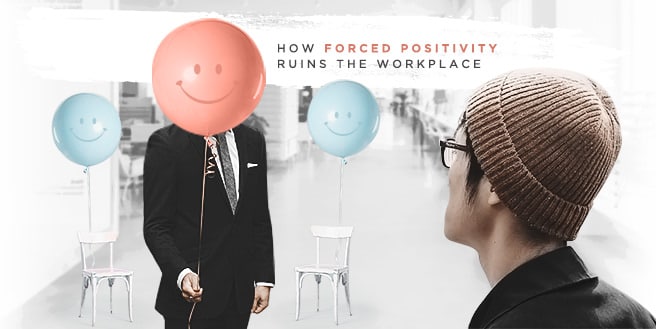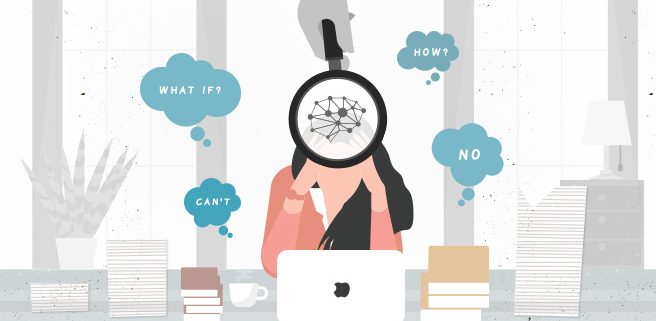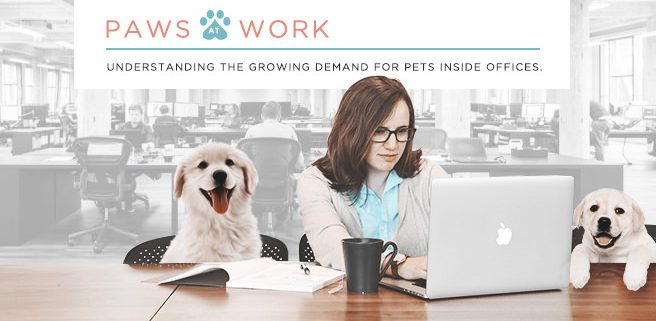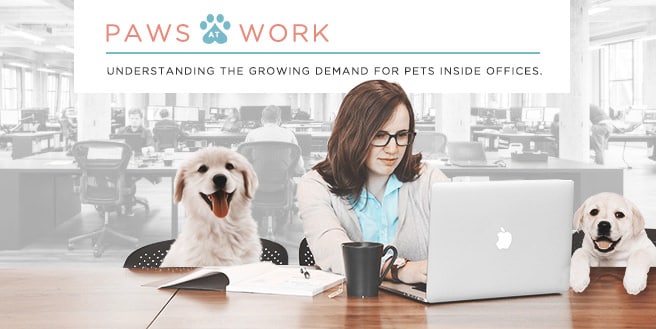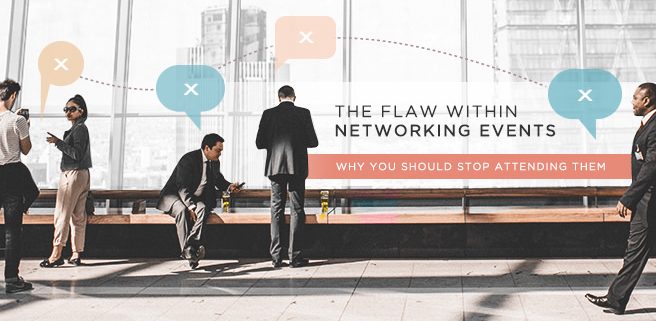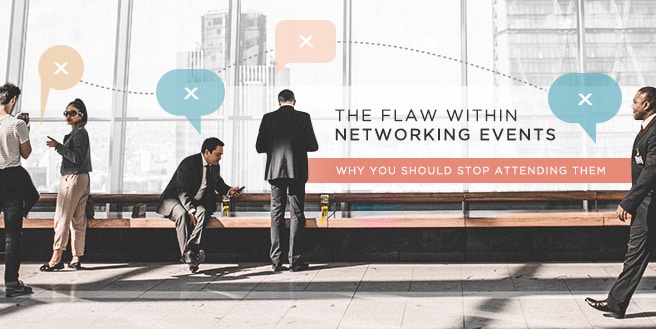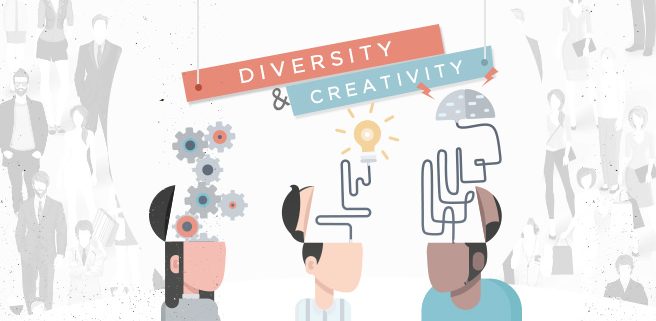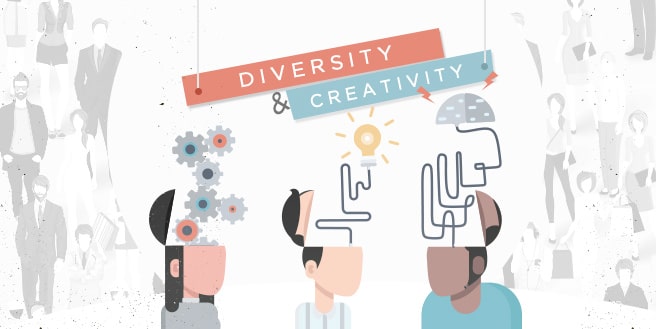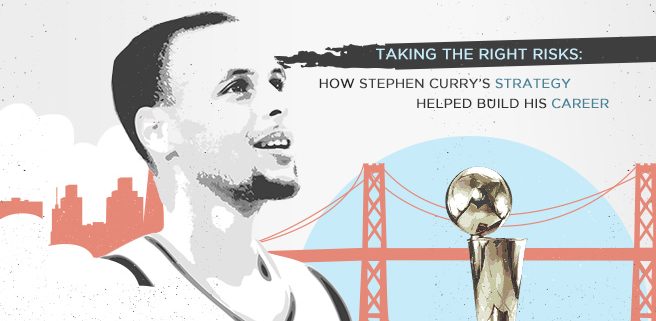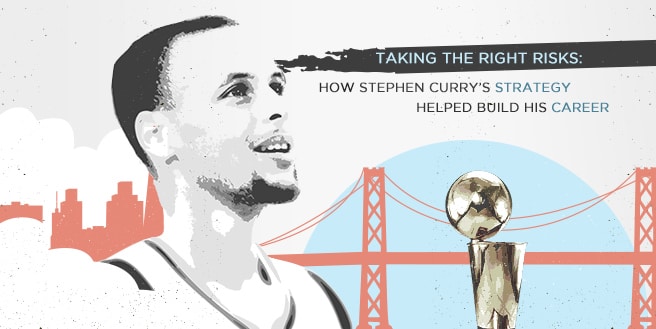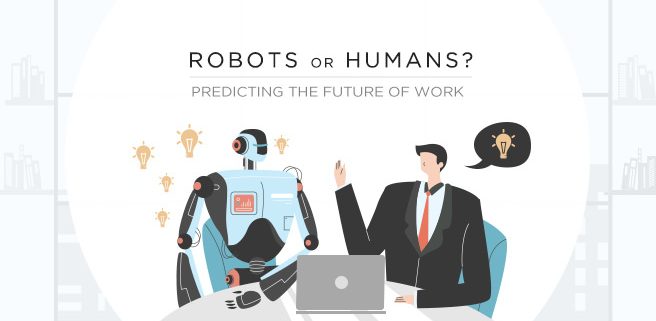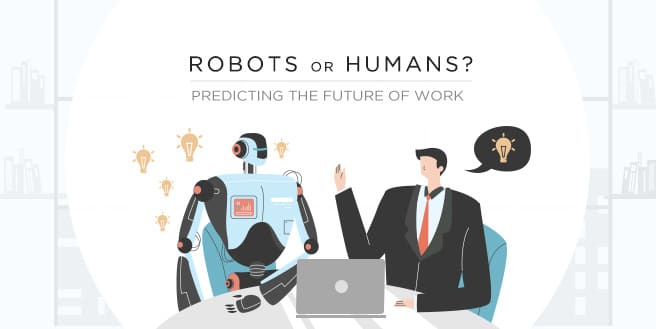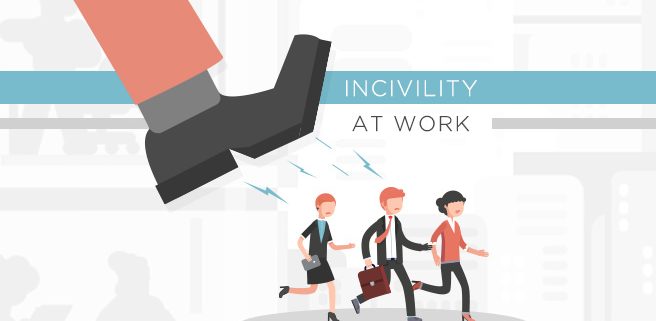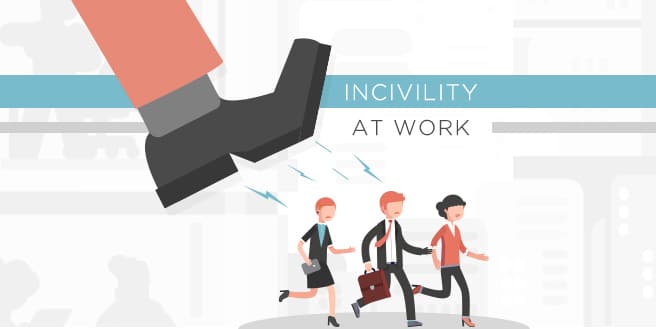Little Dreamer, Stop Wasting Time and Start Giving Yourself a Try
I am twenty-six days away from being officially, truly, a twenty-one year old.
It doesn’t sound weird to other people, but boy, does it seem bizarre to me.
See, six years ago, I firmly believed I would never make it to nineteen – much less, sixteen, if I’m frankly speaking – but here I am, a twenty-year old girl who once believed that the end of the line lingers near. Now I am sitting in front of a computer – with a regular job.
Somehow, I’m still anticipating the moment when everything is full and it’s finally the time to cut it all out. Yet unlike my younger counter part, I can confidently say that I’m relatively smarter than her. With a braver heart, a clearer perspective and a deeper comprehension of what truly matters in life, I’d say that I’ve learned a couple of things when I got to this age.
Like, true friends don’t lie and not everything that they think important isn’t actually important.
And, time, really, is of the essence.
As cheesy as it may sound, it is true.
Over cups of coffee and late night sessions of breakdowns, I’ve come to realize just how important it is to have a deep understanding of one’s existence. Hate to be the one to break the bad news, but we humans are only here for an ample amount of time and the bitter reality we oh so love to ignore is that anytime – and I mean, anytime – everything around us could disappear.
In the grand scheme of things, our lives are simply drops of water in the ocean. And because of the relatively limited time we have, shouldn’t we squeeze the most joy out if it? Why are we wasting time over things that make us unhappy and overworked? Why can’t we simply choose what fulfills us and be truly happy?
This is the one thing that a majority of us fears – choosing our career.
Some of us choose to follow the degree we worked so hard on, while some chose to stay away. Where do I belong between the two? Right in the middle.
I didn’t exactly stuck by my degree but I didn’t veer too away from it. Did everyone agree to it? Of course not.
To them, the idea seemed preposterous. Higher education has the tendency to scare us away from doing something courageous. And we, too, get easily anxious with the idea of putting ourselves at the mercy of other people’s opinions – it gives them a power over us that isn’t easy to reclaim.
So instead of simply doing what makes them happy, majority of my folks simply settle.
Unlike most of them, I’ve already made up my mind before I even got up that stage to get my certificate – I cannot, and will not, let myself be glued to a job that I despise.
Yes, not everyone agreed with the decisions I’ve made and yes, I was terrified of handing my creative sanity to another person’s hand but I’ve made the conscious choice of not putting myself through years and years of possible misery.
It wasn’t easy – but then again, nothing is ever easy.
I stopped wasting time and gave myself a try. Because, truthfully, we can never ever tell what would happen next. Our fears and anxieties are most definitely there but sometimes, they’re just vague foresights of what the future might hold.
Whenever I talk to close friends – or anyone close to my age, to be honest – I always try and remind them that their future lies in their hands. That everyone has strong opinions but it doesn’t necessarily make them true.
So why not just do what truly makes you happy? If sticking with your Law degree and slowly making your way to that sweet position of a judge fills your heart with warmth, go do it. And if making content for Youtube makes you smile, do it.
What they say don’t matter; because for one, it’s your life and two, there’s plenty of opinions around but it’s not always right.
Our generation is pretty lucky. Lucky in a sense that, the mindset towards work is changing. Digital nomads are ruling the workforce and traditions such as nine-to-five jobs and ordinary offices are now replaced by flexible time and coworking spaces that inspire people to be themselves. A community lies within these shared offices whose sole purpose for existing is to become a support group to everyone who made the brave choice of doing what they love. We’re not alone anymore. You and I, have become part of something larger than ourselves.
The older generation have managed to give us the freedom that they never have. And though the stigma to these non-traditional trends still remains, everything seems possible – that is, of course, if you put your mind into it.
Go, give yourself a try.
Who knows what the future entails for you, little dreamer. And if it still scares you, talk to us today and we’ll give you a few words of encouragement.

